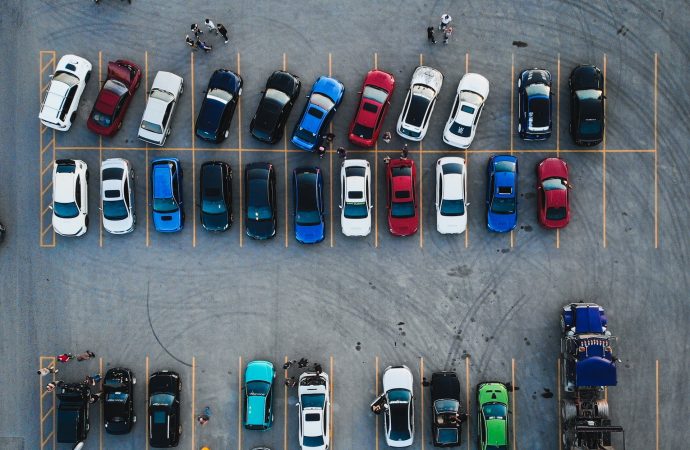As Americans, we love our cars. We love to drive them, modify them, and show them off. But there’s one aspect of car culture that often goes overlooked: our obsession with parking. Parking lots are ubiquitous in American cities, and the average American driver spends an estimated 17 hours a year looking for a parking
As Americans, we love our cars. We love to drive them, modify them, and show them off. But there’s one aspect of car culture that often goes overlooked: our obsession with parking.
Parking lots are ubiquitous in American cities, and the average American driver spends an estimated 17 hours a year looking for a parking spot. Parking lots take up valuable space that could be used for other purposes, and they contribute to traffic congestion and pollution.
It’s time to re-think America’s parking norms and consider the true cost of our parking addiction.
The Cost of Parking
The cost of parking in America is staggering. According to a study by the Victoria Transport Policy Institute, parking accounts for 14% of urban land use and costs the US economy between $70 billion and $130 billion per year.
But these costs are not just financial. Parking lots take up valuable space that could be used for other purposes, such as parks, affordable housing, and small businesses. The proliferation of parking lots and garages has also contributed to urban sprawl, which has negative impacts on the environment and public health.
In addition, parking lots are a significant source of water pollution. Rainwater that falls on parking lots picks up pollutants such as oil, gasoline, and heavy metals, which are then carried into nearby waterways. In fact, parking lots are considered one of the largest sources of water pollution in urban areas.
The Parking Addiction
So why are we so addicted to parking? The answer lies in our car culture. Americans love their cars, and they expect to be able to park them wherever they go. As a result, developers and businesses feel pressure to provide ample parking to attract customers and tenants.
But this addiction to parking has negative consequences. For example, many cities require businesses to provide a minimum number of parking spaces based on the size of their building or the number of employees they have. This leads to the construction of oversized parking lots that sit empty for much of the day, taking up valuable space and contributing to urban sprawl.
Parking also contributes to traffic congestion. When drivers circle around looking for a parking spot, they add to the overall volume of traffic on the road, which slows down everyone’s commute.
Rethinking Parking
It’s time to re-think America’s parking norms and come up with creative solutions to reduce our parking addiction. Here are a few ideas:
- Shared Parking: Instead of requiring businesses to provide a certain number of parking spots, why not allow them to share parking with neighboring businesses? This could help reduce the number of empty parking lots and garages and free up space for other uses.
- Parking Maximums: Rather than requiring businesses to provide a minimum number of parking spots, some cities are experimenting with parking maximums, which limit the number of parking spots that can be built in a given area. This helps encourage alternative modes of transportation, such as walking, biking, and public transit.
- Dynamic Pricing: Many cities are experimenting with dynamic pricing for parking, which adjusts the price of parking based on demand. When demand is high, prices go up, and when demand is low, prices go down. This helps reduce traffic congestion and encourages drivers to park in underutilized areas.
- Transit-Oriented Development: Cities can encourage transit-oriented development, which prioritizes dense, mixed-use development around transit stations. This helps reduce the need for cars and parking and encourages alternative modes of transportation.
Conclusion
America’s parking addiction has real costs, both financial and environmental. But it’s not too late to change course. By re-thinking our parking norms and coming up with creative solutions, we can reduce our dependence on parking and create more livable, sustainable cities.

















Leave a Comment
Your email address will not be published. Required fields are marked with *